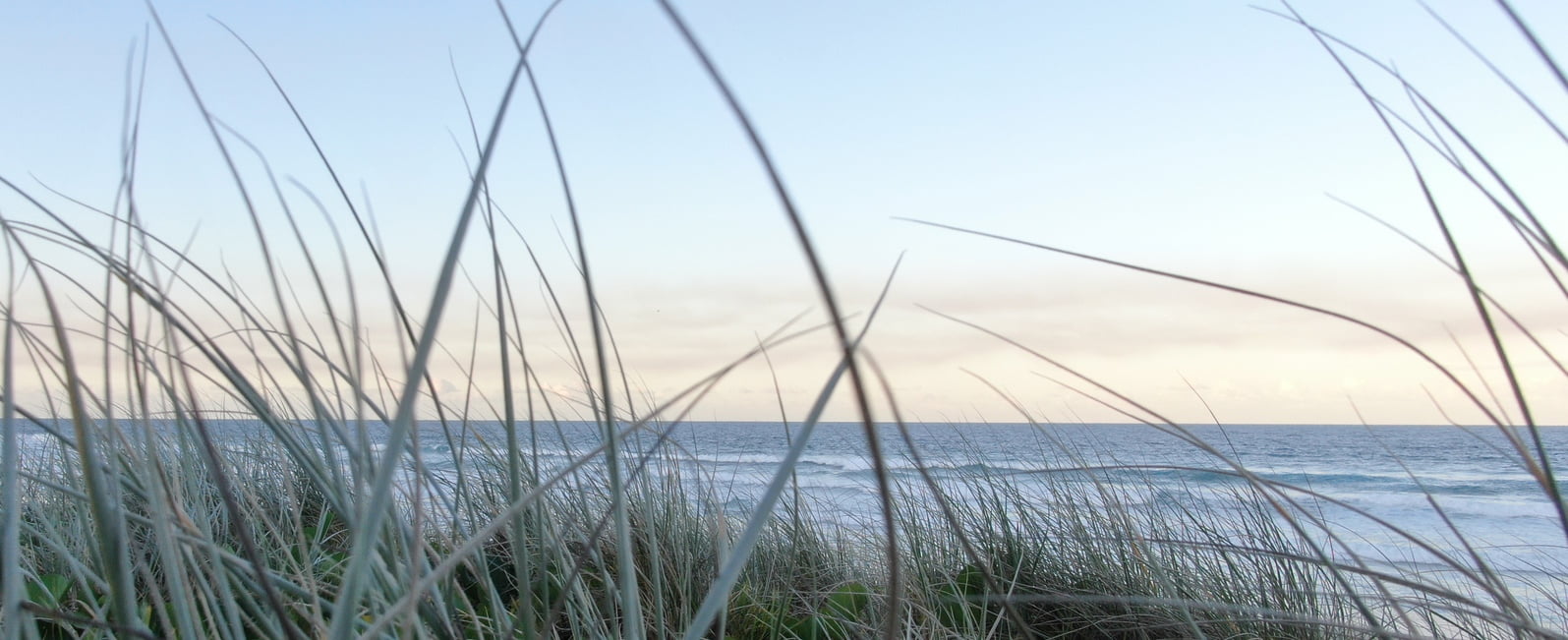 IN the Sierra Nevada, there are Whitebark Pines, Pinus albicaulis, thought to be thousands of years old now growing at an altitude where seedlings can’t survive winter. So, they reproduce from suckers. Larry Fields told us the story earlier this week.
IN the Sierra Nevada, there are Whitebark Pines, Pinus albicaulis, thought to be thousands of years old now growing at an altitude where seedlings can’t survive winter. So, they reproduce from suckers. Larry Fields told us the story earlier this week.
On the Eyre Peninsula, South Australia, there are Black Oaks, Allocasuarina cristata, also growing near the limit of their range but because of a lack of water, rather than cold. These trees also reproduce by suckering.
Helen Mahr explains:
I HAVE a large clump of male Allocasuarina cristata trees north of my house, about 1 hectare in area suckering from roots. Also known as Belah or Black Oaks the wind whistles or whines through them and while they are excellent shelter, the noise means the aborigines would never camp there … scared of the ancestor spirits at night.
Outlying suckers, shown in the above photograph with the root they are growing from party exposed, are perhaps 20 metres from the main clump. They have perhaps doubled in size during the 40 years I have been watching them.
The main clump may be thousands of years old.
There are a few female trees scattered in the vicinity, the nearest about 1 km away.
I understand the seedlings germinate only in good years, and may need several good rainfall seasons to establish.
Helen Mahr
Eyre Peninsula, South Australia
*********************
Notes and Links
White Bark Pine Trees: A Note on Climate Change from Larry Fields
http://jennifermarohasy.com/blog/2009/08/white-bark-pine-trees-a-note-on-climate-change-from-larry-fields/
Photographs taken by Helen Mahr today, August 13, 2009.

The second photograph shows a Black Oak on the edge of the clump – affected by the SSE prevailing wind. Nearby the prickly wattles, Acaia victoriae, is in bloom. The green shrubby tree in the middle distance is a false sandalwood, Myoporum platycarpum… also called native apricot because of its fruit which is not edible.

The third photograph includes my car as a size indicator of these hardy, fire resistant, and ancient trees.

 Jennifer Marohasy BSc PhD is a critical thinker with expertise in the scientific method.
Jennifer Marohasy BSc PhD is a critical thinker with expertise in the scientific method.

Helen,
Looks beautiful! You must have had some reasonable rain recently. I didn’t realise you lived on the Eyre Peninsula when you mentioned the C. cristata the other day and I asked you about the black cockatoos.
I live in hope of sighting a Purple Crowned Lorikeet which lives down your way but rarely gets to Qld.
I once had a place on the Qld. western downs that had a few C. cristata with similar looking soil but I suspect they may have been a different sub-species.
Jen,
I found a Striated Thornbill’s nest this morning in a Tallowood so if I can get a reasonable photo I’ll send it. There are plenty of thornbirds mating at present but I have never found them doing the Colleen McCulloch trick of impaling themselves on a thorn and dying while in full ecstatic song.
Does that idea remind you of something or someone? AGW purists perhaps?
Lol. I’ve thought the AGW purists were full of something, but ecstatic song was not exactly on the list. In fact, watching a few in action lately, I was struck by their gloomy visages – Sen. Brown looks sad, unwell and gaunt, Sen. Milne has become a picture of misery over the years, and Sen. Wong’s robotic monotone is all gloom and doom. What is wrong with them?
Their philosophy of negativity, I suspect.
Wonderful post from Helen Mahr.
Spangled,
I look forward to receiving the picture of the Striated Thornbill!
I also associate the Allocasuriana’s with western Queensland – Brigalow country. I’ve heard them called Belah, but not Black Oak until I got the note from Helen. Of course they grow bigger and faster in Queensland! Not necessarily a different sub-species?
Donal of SA,
You’re right, that lot aren’t too ecstatic. I was mainly referring to some of my friends who voted for this lot and are very self satisfied these days because the country’s in the very best of hands.
At last! at last! Salvation has arrived at last!
The thorn punctures are apparently painless.
Jen,
I went to Dr. Jay Lehr’s talk at Tugun last night. good talk, good roll up, not many critics.
He and his wife Janet spent the day checking out Lamington NP and seem to be enjoying their visit.
I wonder can you pull that trick for decorative purposes, exposing a root to promote sucker growth?
Depending on the lay it might be an interesting landscape project.
Helen,
I was looking at some Internet photos of the Gawler Ranges, a bit to the North of you. And I was surprised to see a few trees that are similar in appearance to the Digger Pine that grows at low elevations in the Sierra Foothills, near Sacramento. Many other varieties of pine in the US have a classical conical profile. In contrast, the Digger tends to have widely-spaced spreading branches, even at the top. And the needles are smoky green in color. (Yes, the seeds are edible.)
Here’s a link to a picture of some Digger pines that are growing near the Clementine Lake Trail, along the North Fork of the American River. It’s one of my favorite short local hikes during the Winter months. (It’s too hot there in the Summer.) http://tinyurl.com/qav47l
Nice picture Larry. Those pines obviously adapted to excess sun and lack of water. But the hills look very steep. I am used to flat country. The Gawlers should be lovely this year, and yes, we are having a good season. Takes above average rains for the black oaks to grow any grasses under the trees. I sometimes refer to my area as “farming on the edge of the impossible”, but this year looks decidedly possible, so far.
Cheers, Helen.